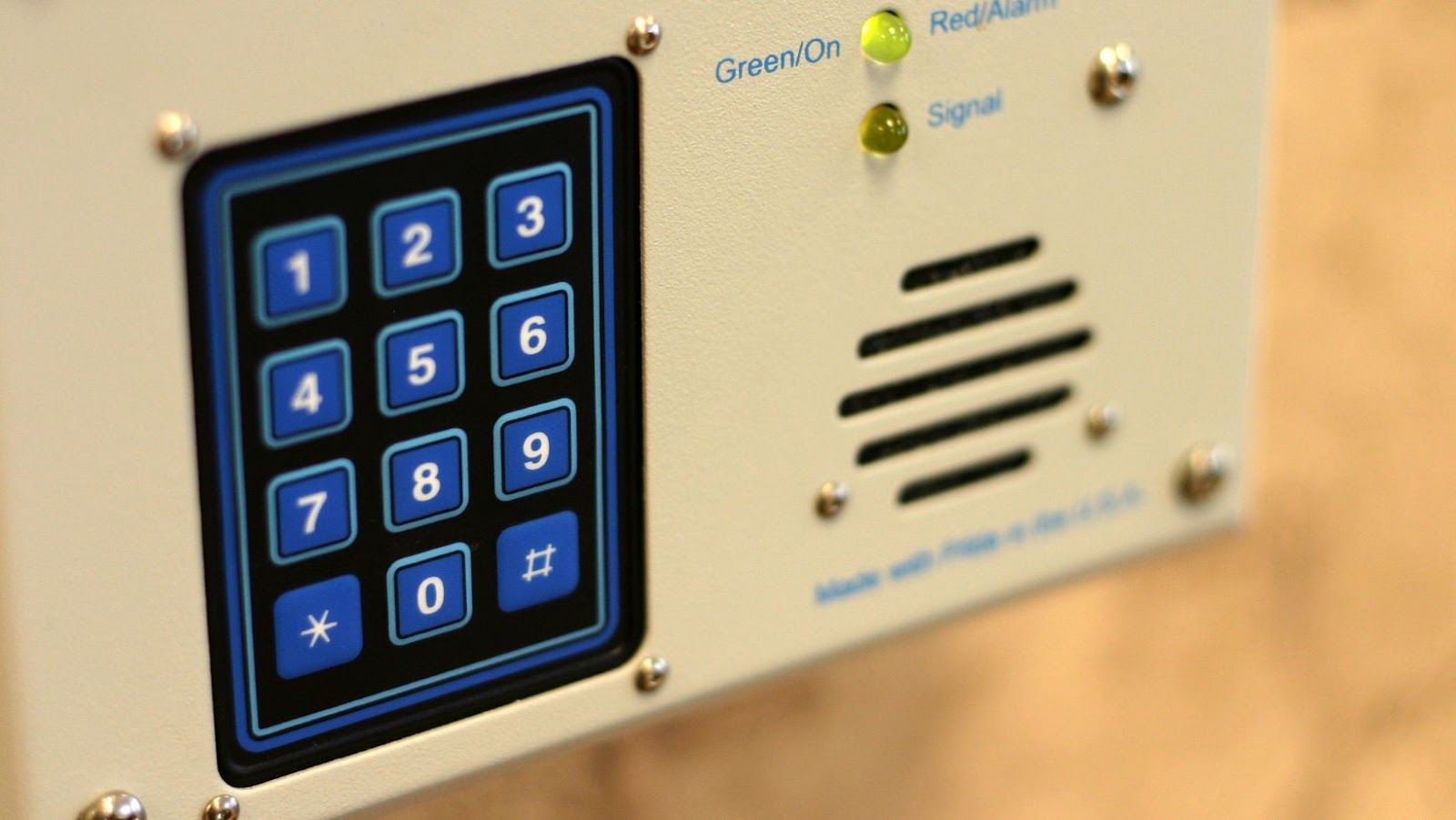Programming a clicker keypad might seem daunting at first, but it’s a straightforward process that can enhance the security and convenience of your home or garage. These keypads, used widely for controlling garage doors, provide a keyless entry system that can be easily customized to fit your needs.
Clicker Keypad Programming
Clicker keypad programming involves setting up personalized entry codes on a keypad to control access to a property. This process enhances security by allowing only authorized users to enter.
What Is Clicker Keypad Programming?
Clicker keypad programming is the method of configuring a numeric code into a keypad system, which is generally mounted outside a secure area like a home garage or a gate. This numeric code serves as an electronic key, permitting entry to the secure area. Programming the clicker keypad involves entering a desired code into the system and then saving it within the device’s memory. This setup ensures that the door or gate opens only when the correct code is entered. If updates are necessary, homeowners can reprogram the code anytime, ensuring control over access as personal or security needs change.
Key Components of a Clicker System
A clicker system comprises several essential components that work together to ensure efficient operation and security:
- Keypad: This is the external component where users input their access codes. It is usually weather-proof to withstand outdoor conditions.
- Control Box: Located inside the property, this component processes the codes entered on the keypad. It verifies whether the codes are correct and, if so, triggers the mechanism to unlock the door or gate.
- Memory: This internal part of the control box stores all programmed codes and security settings.
- Power Source: Typically connected to the home’s electricity or equipped with batteries, this ensures that the system remains operational regardless of power fluctuations.
Benefits of Implementing Clicker Keypad Systems
 Enhanced Security
Enhanced Security
Clicker keypad systems offer superior security measures, ensuring that only individuals with the correct code can access the property. Unlike traditional keys, which can be lost or copied, keypad codes can be changed as frequently as necessary. This flexibility prevents unauthorized entry and enhances overall security.
User Convenience
The use of a clicker keypad system greatly simplifies entry for authorized users. There’s no need to carry keys or other physical access devices. Users just remember their numeric codes, which can be shared securely with family members or trusted visitors. This method eliminates the hassle associated with lost or forgotten keys.
Increased Control Over Access
Homeowners find keypad systems advantageous as they provide increased control over who enters the property. It’s possible to set temporary codes for guests or service personnel, which can later be deactivated. This level of control ensures that access is granted appropriately and at suitable times.
Step-by-Step Guide to Programming a Clicker Keypad
Prepare the Keypad for Programming
Starting with preparation, the individual must ensure the keypad is in programming mode. This involves locating the “Program” button usually found on the back of the keypad or under a removable cover. Pressing and holding this button until the light flashes or a beep is heard indicates that the device is ready for programming.
Enter a New Code
Once the keypad is in programming mode, entering a new security code is the next step. The code typically comprises four to six digits. The user enters this sequence on the keypad and presses “Enter” or “#” to confirm it. If the keypad’s light flashes or it emits a confirmation beep, the code has been successfully set.
Test the Newly Programmed Code
Testing the new code ensures it functions correctly. The user inputs the new code and waits for the keypad to signal, usually with a light flash or a beep, that the door is unlocked. If the door does not unlock, it’s necessary to repeat the programming process.
Set Additional Features (Optional)
Additional security features might include setting temporary codes for guests or service personnel, activating or deactivating the keypad’s sound, or integrating with other security systems like alarms. Accessing these settings typically requires entering a master code followed by specific commands detailed in the keypad’s user manual.